The books that I find myself reaching for the most when my kids need help are books about feelings. When my son has a hard day but doesn’t want to talk about it I grab Alexander and the Terrible Horrible, No Good, Very Bad Day. Even though it won’t always make him talk. I know it does make him sleep better knowing that “some days are like that”. Books can tell kids they aren’t alone. They can tell them it’s OK to be angry and feelings can’t be controlled but actions can.
I didn’t go to the library for this book list, I went to the playroom. Every book here I own and have owned for years. These are my go-to books. There are lots of other books about feelings and I would love for you to add your favorites in comments. All parents can use these titles so let’s create a great resource together.
All book lists include affiliate links.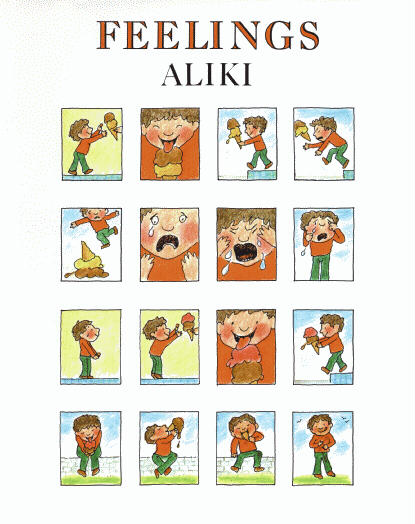
Feelings by Aliki is a book full of vignettes about emotions. From simple ones that make it clear what the children in them are feeling and how readers could see the situation to more complex and less clear ones that give readers a chance to discuss and decide for themselves what the people might be feeling. I love this book. Neither of my kids liked it as toddlers or preschoolers though. My son started really liking it at about 6 because that was when he could really talk about it all with experience and empathy. We rarely read it cover to cover instead picking and choosing pages and diving into the topic they are covering. It’s not a sugary sweet book but it’s an incredible tool.
When Sophie Gets Angry–Really, Really Angry… by Molly Bang is a book I bought while teaching. I had a lot of anger issues in my classroom and we spent a lot of time reading books about anger to diffuse it. When I suggest this book to parents I often get ” Really, kids like this?” as a response because the book seems much simpler than their expectations. It is simple. It is basic and yes it does include Sophie running away from the house to go be by herself which is something not all parents like. Also, it doesn’t include any discipline for her outburst which is also something that I hear complaints about.
Here’s the thing that kids relate to is feeling angry, doing something about it, and becoming calm. I think Sophie has great self-control, she knows that she needs to go be alone for a bit to calm down and then re-join the group. It’s exaggerated for effect but really this book is about learning how to stop raging not about encouraging it. Kids LOVE it. They relate and love knowing that after you calm down you can be welcomed back into the group.
Happy Hippo, Angry Duck: A Book of Moods by Sandra Boynton is a cute and funny board book about emotions. With funny illustrations and her fantastic rhymes Sandra Boynton covers many emotions and makes clear that emotions change and every day is different.
The Way I Feel by Janan Cain is a useful book. It labels feelings with a short rhyming piece of text and fanciful illustrations. While I wouldn’t suggest this as a book for a nightly read it is useful while specifically learning and talking about emotions. I like to have children show me their faces in the same feelings as the book progresses. If you are reading this with a small group or your child stop and talk about times when you felt these emotions.
The Grouchy Ladybug by Eric Carle is more than a cute book about a crabby bug. The Ladybug is looking for a fight. Each hour she finds a bigger and bigger animal to fight with until a big whale’s tail slaps her unintentionally! I loved using this book to teach telling time, as there is a picture of an analog clock on each page. I would use a play clock and as I read each page ask one child to come and set our classroom clock. Also, don’t be put off by the fact that the lady bug tries to pick fights, no animal takes her up on her offer and you can spin that into a great lesson about not giving into people who are trying to pick fights.
Pink Tiara Cookies For Three by Maria Dismondy is a story I think most of us can relate to. It’s about two best friends whose friendship is challenged when another little girl is welcomed by one friend and not by the other. I know as a young girl I dealt with this and it was heartbreaking. Now as a mom I watch my son and his two closest friends deal with this often. The author does a beautiful job at recognizing the feelings of rejection, loneliness, and anger that children feel when this happens. The little girls in the story are probably a little more capable at expressing themselves than our children but that makes this book even more important.
As my son and I read it today we took a lot of breaks for me to ask if he’d ever felt like any of the characters and that got him talking, relating, and connecting not only to one side of the issue but to both. Oh and please don’t think it’s a girly book, it’s not my son loved it. His exact words were “This would be really good for teachers to read to classes. ” I agree.
The Grumpy Morning by Pamela Duncan Edwards is a great book. I think I got it as a freebie with a scholastic order years ago. Either way, I am so glad I have it. The book follows all the animals on a farm as they wake up grumpy and hungry and needing attention from the farmer. As a teacher, I love this book because I could talk about whining and demanding. Asking my students if there are better ways to get what you want. As a parent, I love these books because it’s a lighthearted way to talk about being grumpy instead of only bringing it up in the heat of the moment.
Wemberly Worried by Kevin Henkes is a book about a little mouse who is as anxious as possible. She worries about everything, and it makes her family worried too. This is a fantastic book to read before starting anything new! I read it for the children’s time at my church right before school started in the fall. It was a great opener for a talk about anxiety. We all have worries and even though we may not worry as often or as fiercely as Wemberly this book makes it seem okay and normal to feel those feelings. The way the author illustrates both through words and pictures the intensity of her feelings really creates compassion in the reader for this little mouse. The ability to understand what another is feeling is something that I desperately want to instill in my own children.
Swimmy by Leo Lionni has been a favorite of mine for many years. I love Lionni and how he can weave multiple layers of meaning into a simple story for children. Swimmy loses his family to a giant tuna fish. After grieving he remembers of all the beautiful things in the ocean and goes on. When he came across a school of fish just like his former one hiding afraid of the big fish he knew he couldn’t let them miss out on all the wonders of the ocean and he rallied them to work as a team. This is a great book for teaching children about the power of bravery and working together against challenges.
Aggie the Brave by Lori Ries is a really wonderful book that combines lessons about worry and bravery. Aggie is getting spayed and both she and her owner go through various emotions from the time they drop her off at the vet until her stitches are removed weeks later. Not only is this just a really great book to teach kids about what happens to their pets when they go into to be spayed or neutered it’s also a wonderful book about worry and what it means to be brave. The love between the little boy and his dog jumps off the pages. I got choked up when the little boy cried on the drive home after dropping the dog off for surgery. We can all relate to that feeling of driving away filled with worry. Great book!
Alexander and the Terrible, Horrible, No Good, Very Bad Day by Judith Viorst was a childhood favorite that I have enjoyed sharing with my own kids. This book is beautiful, even though it may take a few reads to see the point. It’s not a story about a whining little boy but a lesson that sometimes things do not go our way. Days sometimes suck. It’s just the way it is. As a child, I related to Alexander’s feelings of frustration and things being unfair. How often do you hear a child say “No Fair” probably a lot. This book taps into that feeling, being little is hard. However, just because you are mad, or your day was bad doesn’t mean you get your way. Great book to talk about anger and frustration with your child, and it’s funny too.
Don’t Let the Pigeon Drive the Bus! by Mo Willems might not need much of a review as I don’t know many parents who haven’t laughed along with their kids reading this book. But if you have never read this book, let me tell you about it. And why so many of us think it’s hilarious. The book opens with a bus driver asking readers to not let the pigeon drive the bus. Easy right? Well just like my 5-year-old son who is practicing for the negotiator of the year award this pigeon is relentless.
When I asked my son what his favorite part of the book was he giggled loudly while telling me that he loves the tantrum the pigeon has. Kids understand frustration. They know what it’s like to not be allowed to do something and the exasperation that comes with it. Pigeon is frustrated and this book is a great and hilarious tool for parents to talk about that feeling.
Which book would you add to our list?
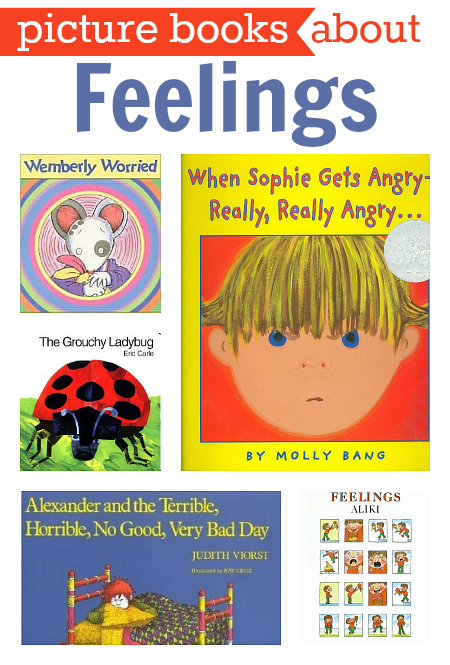
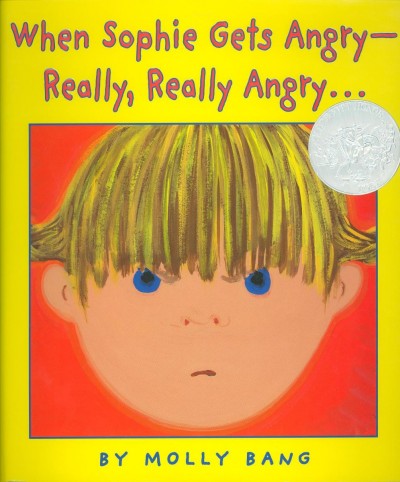
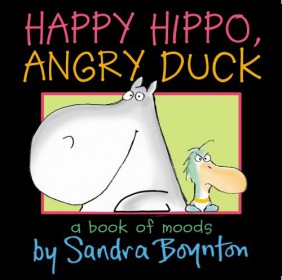
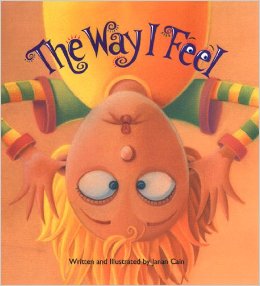
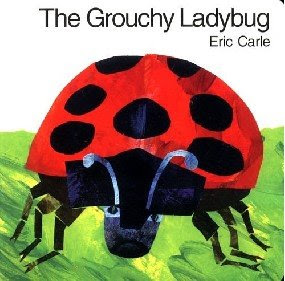
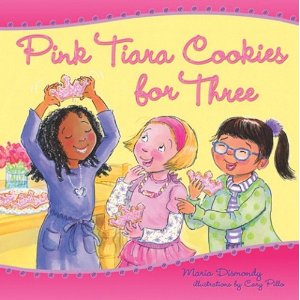
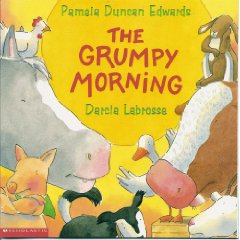
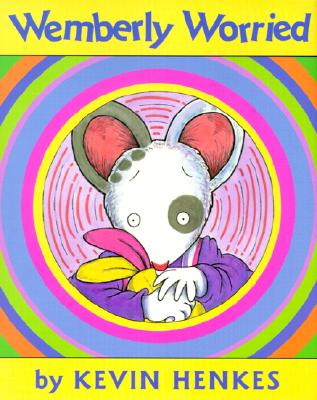
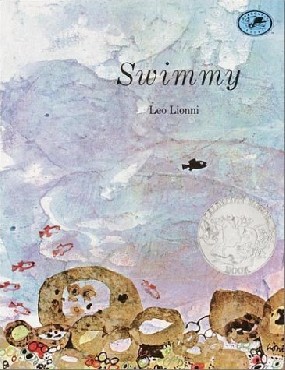
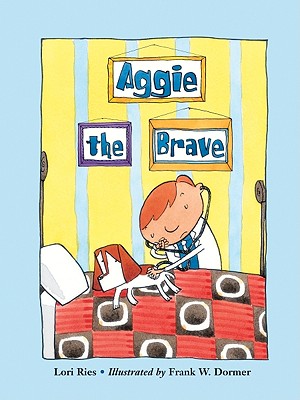
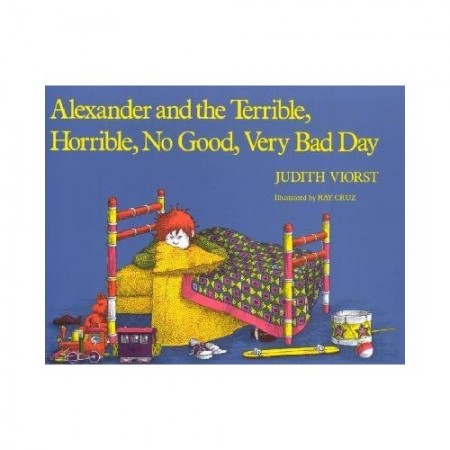
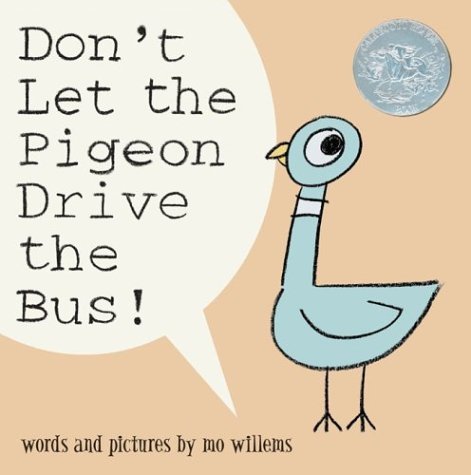
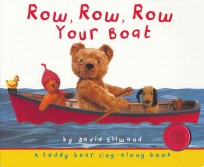
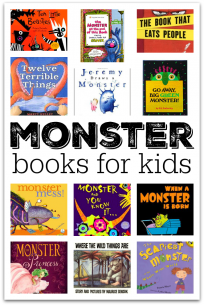
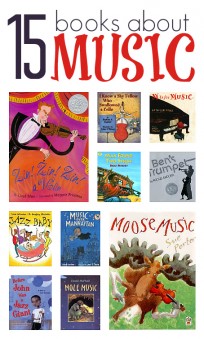
Victoria says
No Fits Nilson, is a great story about being frustrated. My two year old even enjoys this book.
Brandi Hitchcock says
I love the Dollar Tree, I had no idea they had a savers club! I shop there all the time for supplies for my preschool classroom. Great ideas, thanks!!
Brooke says
My Many Colored Days by Dr Suess is a good book about feelings and moods. The illustrations really bring the different feelings to life.
Rachel says
I second the recommendation for “My Many Colored Days” by Dr Suess, and also “Angry Dragon” by Thierry Robberecht
eileen says
I love “Pete’s A Pizza” by William Steig. It’s a tender, funny story and demonstrates how a boy who is feeling disappointed because it’s raining and he can’t go out to play, can turn the situation into a playful adventure with the help of a loving dad. Good for kids to see that feelings can change and they have some power to make that happen.
Eileen
stacey says
Thanks for creating this list. Another excellent book in this vein is “Today I Feel Silly And Other Moods That Make My Day” by Jamie Lee Curtis, an excellent read that includes a “mood wheel” for kids to explore.
Sally says
Thanks for this wonderful list. As I thought about what books I’d add, I realized that almost all my favorite children’s books deal with feelings in some way. Though some are more subtle than others. I’d like to add “Where The Wild Things Are”. Since it deals with some of the most common toddler emotions – frustration and anger!
Jennifer says
This is fabulous! I have only read two of these books and will have to check out the others. I loved your spin on “The Grouchy Ladybug” — I have personally avoided this book due to the antagonism of the ladybug, and how I really don’t feel like she learned her lesson, other than getting swatted, but it is a novel idea to have the child not take on the role/perspective of the main character. An important reminder about guiding our kids in their (early) reading.
D'Arsie says
This is a great list! I would like to add Smudge’s Grumpy Day. It’s a story about overcoming some morning grumpies and being forgiven with unconditional love. It’s adorable and very applicable.
Sarah says
Great compilation, thank you for sharing. Posting on K12’s Pinterest!
Julie R. says
Just bought “In my Heart: a Book of Feelings” by Jo Witek. Simple and sweet.